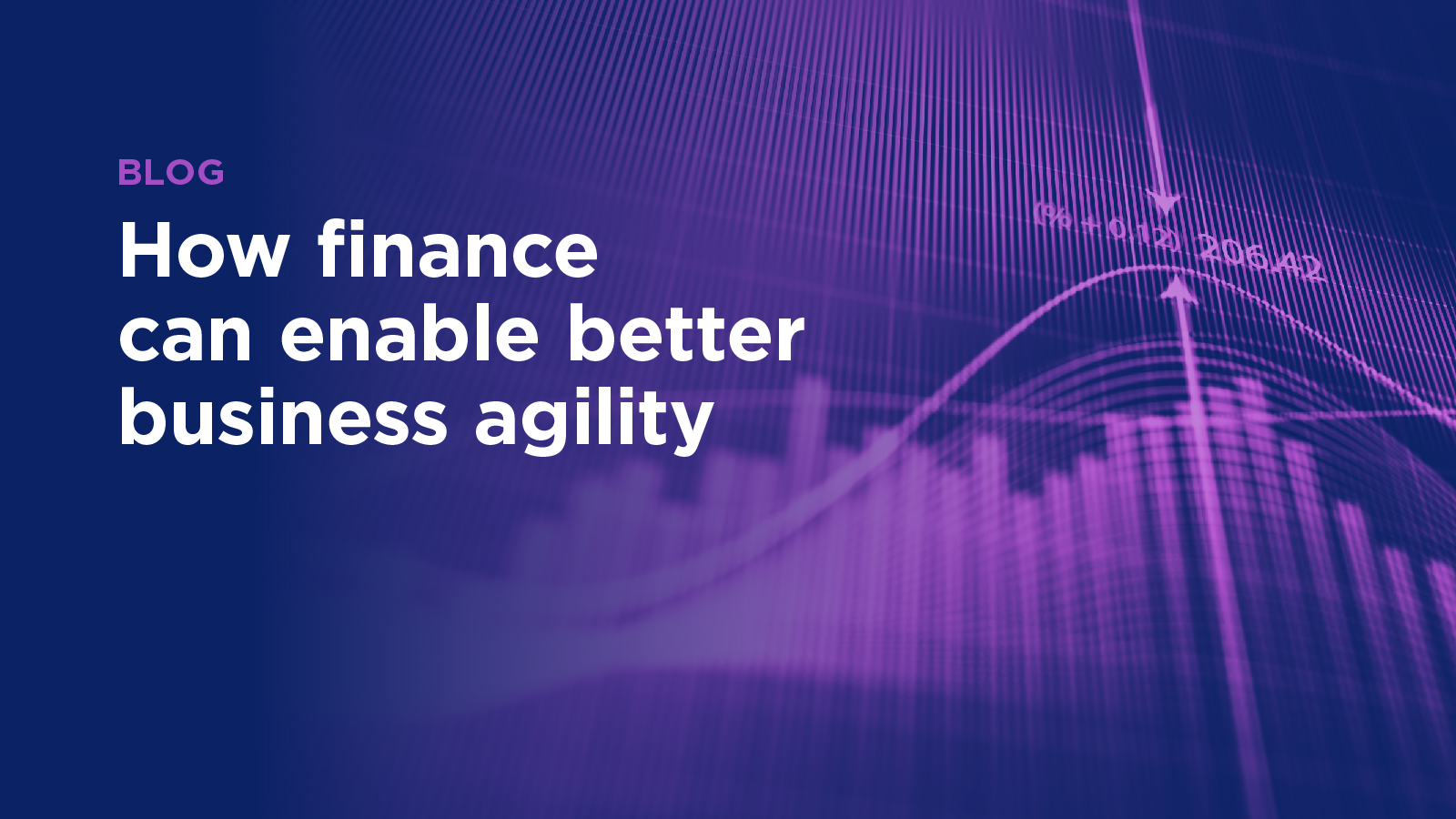8 steps to implementing rolling forecasts


A rolling forecast is a differentiating planning concept that can help organizations find opportunities amid intense competition. In finance, rolling forecasts are an approach to planning that evaluates key business drivers on a continual basis throughout the year. For many organizations, it can provide an advantageous approach to budgeting with some businesses using a rolling forecast to replace their traditional annual budget entirely.
How rolling forecasts differ from traditional forecasting
Rolling forecasts differ from traditional planning approaches in that traditional methods merely provide periodic updates against the annual budget, adjusting for YTD actuals, and are associated with a specific fiscal year. In the practice of rolling forecasts, there’s no set fiscal year, but a continuous “roll” as periods of history are dropped and new periods are added at each forecast cycle.
Rolling forecasts require that businesses revisit their strategy throughout the year to continually align resources and activities, which can help them become more nimble and responsive as they focus on steering business performance to align to changing business conditions. Additionally, a rolling forecast can provide organizations with improved flexibility, agility, and effectiveness in budgeting and planning as the rolling forecast is future-focused.
Best practices for implementing a rolling forecast
There’s no one-size-fits-all application for implementing rolling forecasts. Every organization needs to develop a rolling forecast in conjunction with its own unique set of business drivers, timelines, and dynamics. Even so, the following eight steps can provide businesses with a sensible approach that can be used to create and implement a rolling forecast for in any organization.
- Identify the strategic goal and begin with that goal in mind.
- Engage stakeholders’ willingness to embrace the new process and drive toward the organizational goals.
- Determine the stakeholders who need to contribute.
- Not everyone needs to be a part of the process. Stakeholders who can contribute relevant, unbiased, and insightful intelligence should be included.
- Consider the time horizon and time increments needed to achieve the stated goals.
- Consider what time frame will best fit your organization. For example, a rolling forecast could accommodate 12 months, 18 months, six quarters, or be a combination of months and quarters where the next two quarters are displayed at a monthly level and the following four quarters are at the quarterly level.
- Identify quantitative and non-quantitative elements.
- Determine the high-value drivers that impact and grow the business. These drivers should be key to consistent decision-making and serve as critical levers driving your what-if analysis and long-range plans.
- Vet the key sources of data and appropriate granularity.
- Ensure that data sources are correct, high quality, and in accordance with the modeling in place. The earlier periods in the process may require more detail and scrutiny than the future quarters.
- Deploy the appropriate technologies and processes.
- To support high-value initiatives, a robust technology, such as Anaplan, must be in place. The process requires a platform that’s flexible and can easily and quickly adapt to changing conditions inside the four walls of the business, as well as external market and competitive conditions.
- Establish scenario analysis and business sensitivity modeling.
- Use cloud-based financial planning technology that can support multiple what-if scenarios and can be created “on-the-fly” as business needs arise.
- Track performance to the rolling forecast.
- The rolling forecast opens the opportunity for organizations to have increased visibility into performance, and the flexibility to make adjustments to keep the strategic goals on track.
The practice of planning with a rolling forecast can be a powerful differentiator for a wide variety of businesses. In this recent webinar, Chris Stevenson, Senior Product Marketing Manager, discussed the merits of rolling forecasts and how to make a strong case for implementation within—and beyond—your finance team.
For more information on the methodology, anatomy, and benefits of rolling forecasts, and how today’s cloud-based technology supports its approach, download the paper featured below.
